Related
The 2024 version of theDungeons & DragonsDungeon Master ’s Guideprovides explicit rules about the particulars of exploration . geographic expedition is one of many topics that were ( mostly ) left to instrumentalist vision and DM discretion inprevious version of theDMG . In the revised and expatiate 2024 edition , however , many of these issue are better explained with specific rules to guide their implementation in aDnDcampaign , like crafting , bastions , and traveling .
Exploration is by no means a new mechanic inDnD , butthe newfangled rules around it target to make it more immersive and realisticthan ever before . By providing DMs and player with a theoretical account for fantasy travel in the " Running Exploration " surgical incision , the newDMGensures that go between points of interest is n’t something to pass over over or approximate at - it ’s an established process with peril and reward .
How Travel Terrain Works In The D&D 2024 Rules
Travel Terrain & Its Types, Explained
In rules of order to simplify the rule of exploration , the type of terrain over which a political party might go have been divided into eleven different character in the 2024DMG . These type moderately comprehensively cover all the different biome that instrumentalist may roam through as they move from point A to betoken B : Arctic , Coastal , Desert , Forest , Grassland , Hill , Mountain , Swamp , Underdark , Urban , and Waterborne . It ’s up to the DM to determine which class each piece of the single-valued function check into , while the sourcebook provides more selective information to steer roleplay in each .
Each terrain type is consociate with five different stats that guide explorationthrough them . Those stats are Maximum Pace , Encounter Distance , and direct current ( Difficulty Classes ) for Foraging , Navigation , and Search .
DM’s Guide Travel Terrain Table Explained
All Terrain Types In The DMG
The following tabular array listsall 11 terrain types and their various effects . For an in - depth account of how these burden mould , see the section below .
Terrain Type
Max Pace
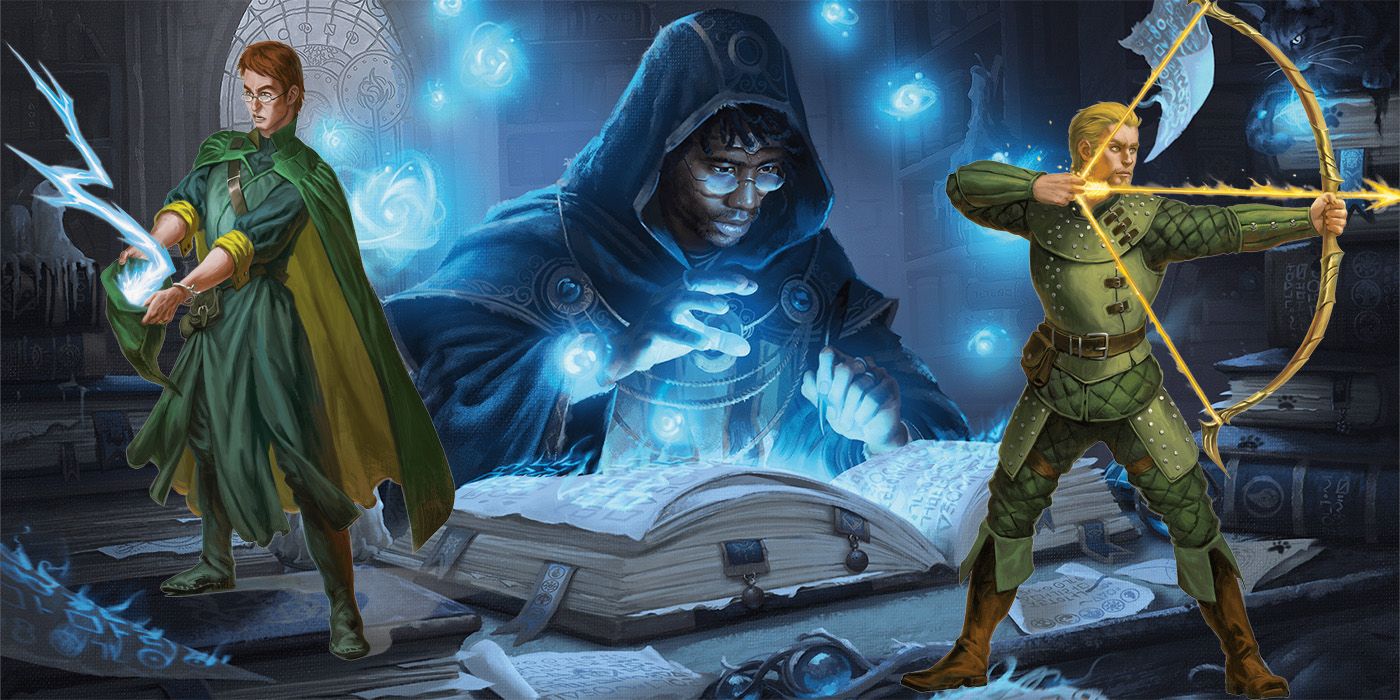
Encounter Distance
DC for Foraging
DC for Navigation

DC for Search
Arctic
Fast ( with appropriate equipment )
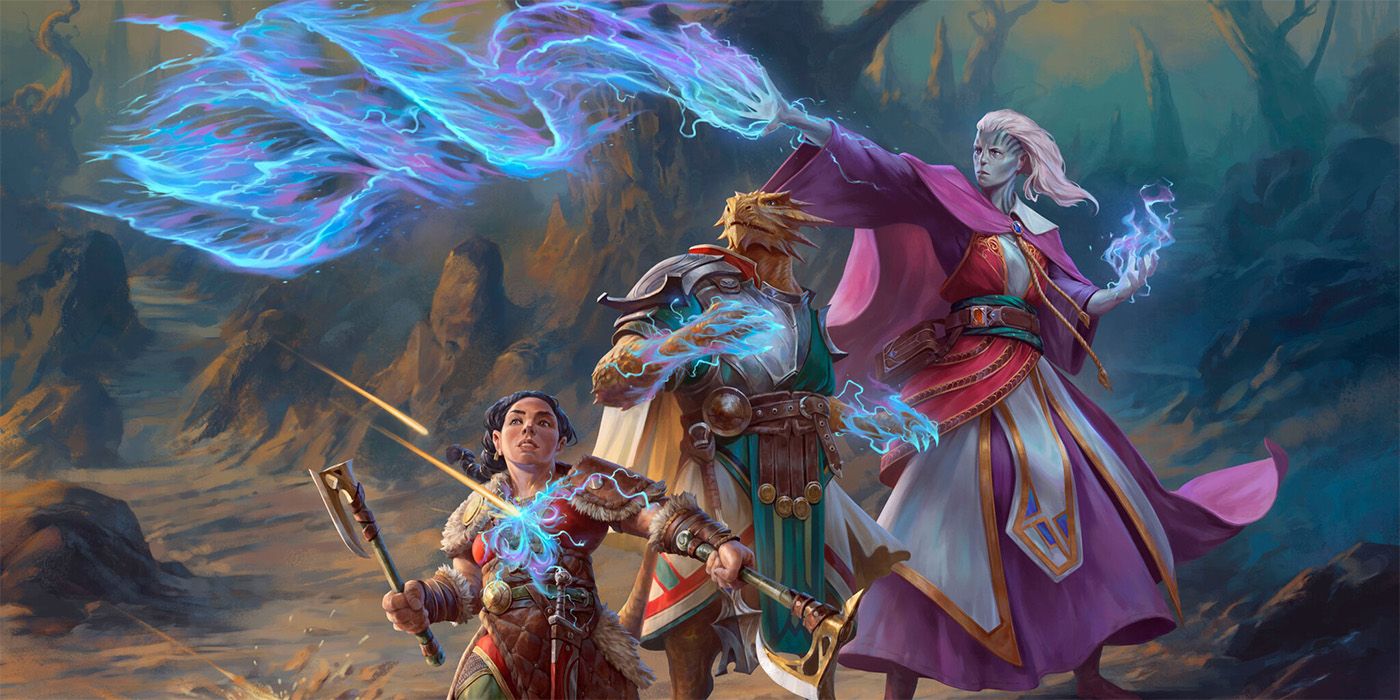
6d6 × 10 foot
20
10
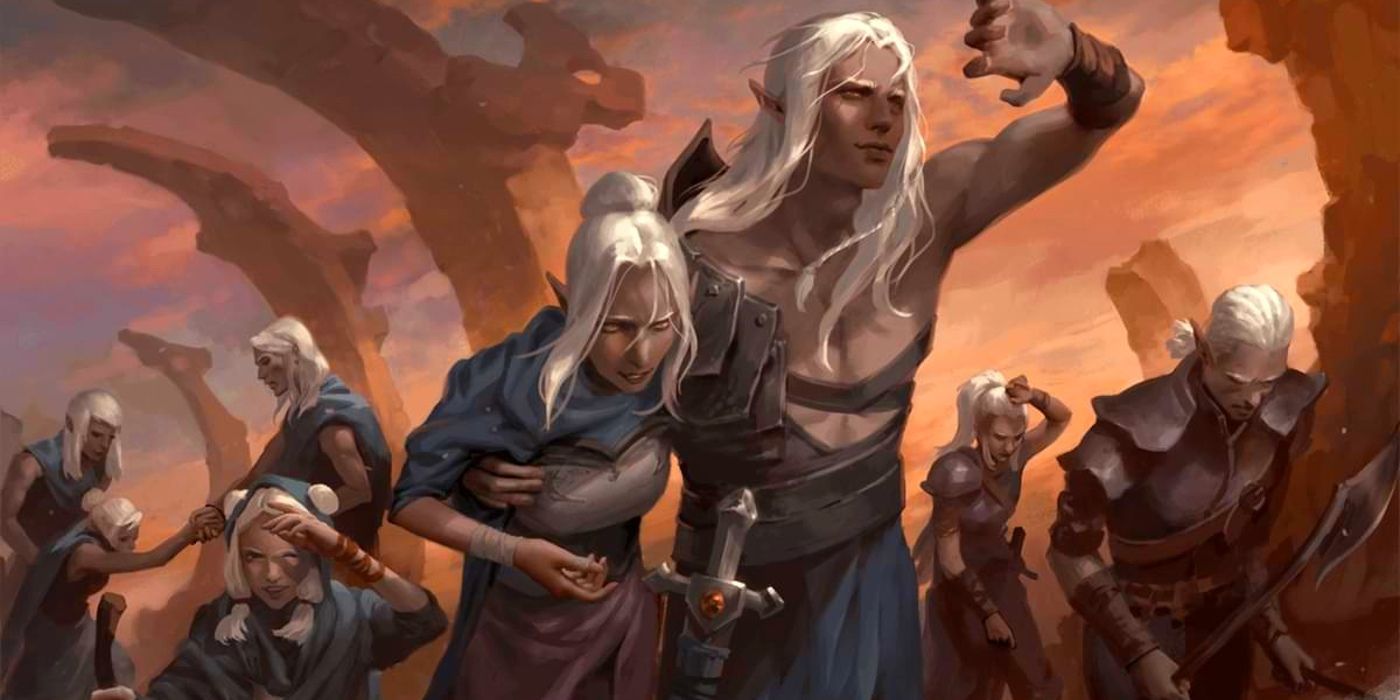
Coastal
Normal
2d10 × 10 foot
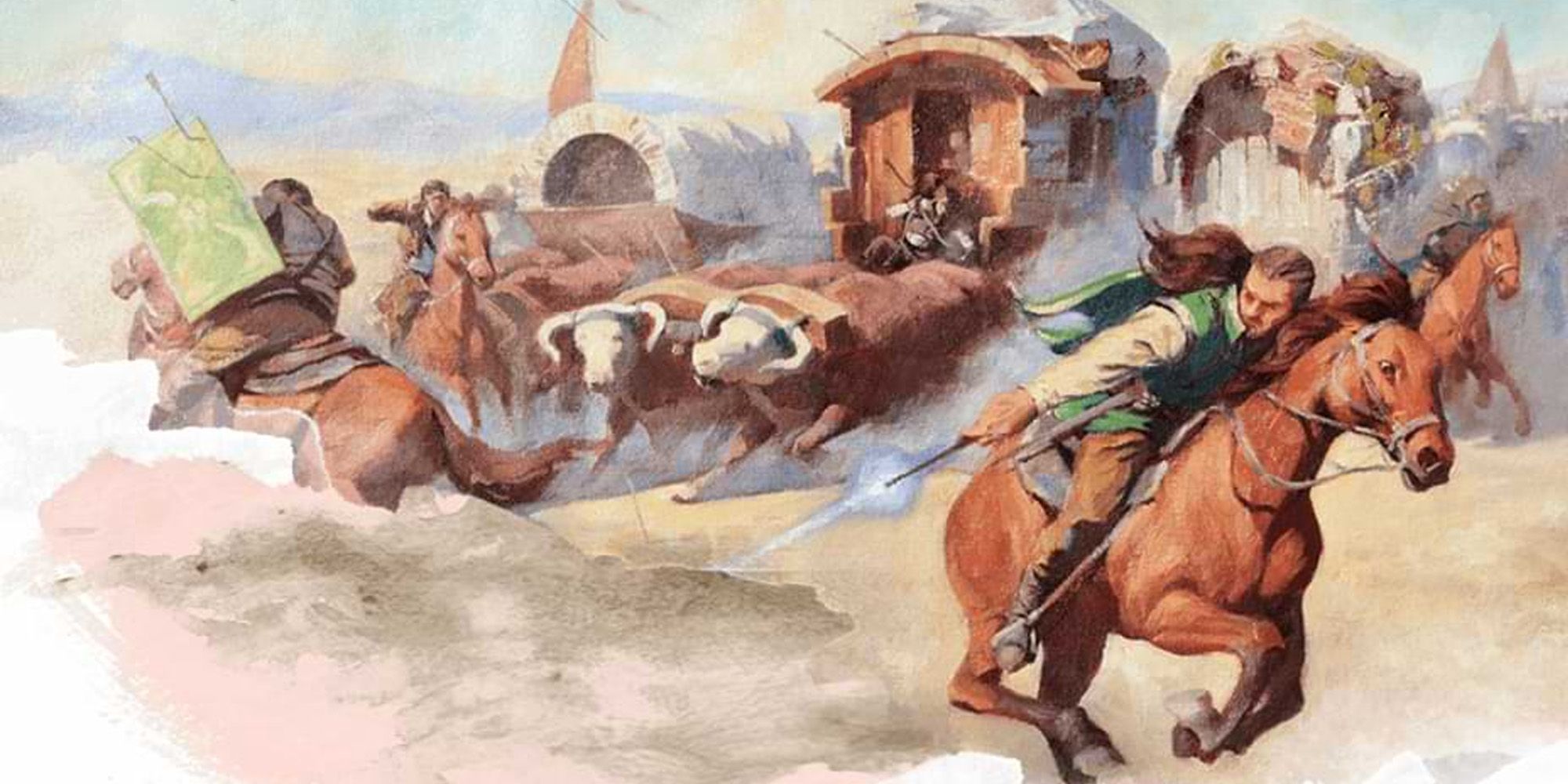
Dungeons and Dragons is a popular tabletop game originally invented in 1974 by Ernest Gary Gygax and David Arneson. The fantasy role-playing game brings together players for a campaign with various components, including abilities, races, character classes, monsters, and treasures. The game has drastically expanded since the ’70s, with numerous updated box sets and expansions.
5
15
Desert
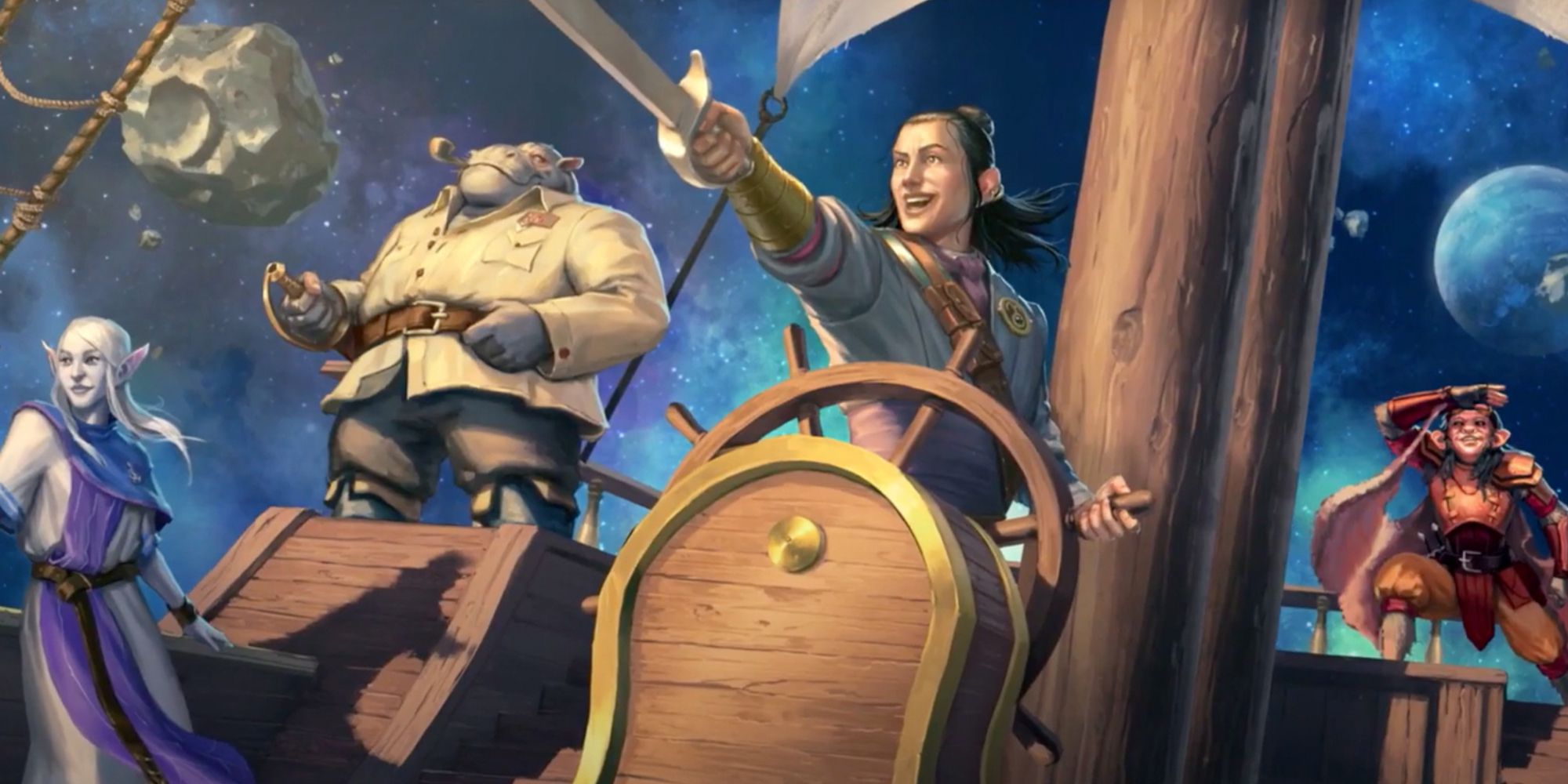
Forest
2d8 × 10 ft
Grassland
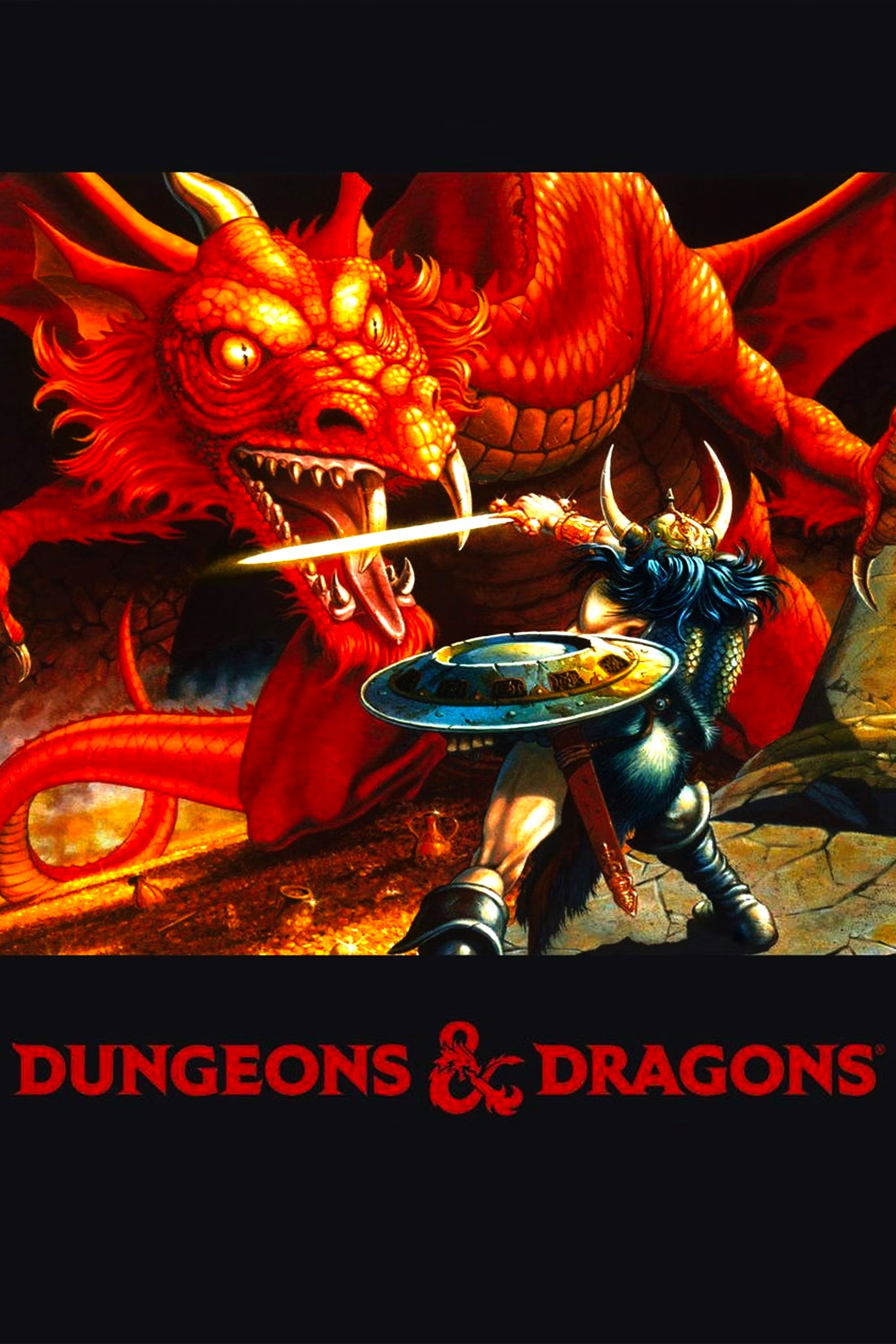
Dungeons and Dragons is a popular tabletop game originally invented in 1974 by Ernest Gary Gygax and David Arneson. The fantasy role-playing game brings together players for a campaign with various components, including abilities, races, character classes, monsters, and treasures. The game has drastically expanded since the ’70s, with numerous updated box sets and expansions.
tight
Hill
2d10 ×10 ft

Mountain
Slow
4d10 × 10 foot

swampland
Underdark
2d6 × 10 ft

Urban
Waterborne
calculate on fomite
Note that the party require sure equipment , like snowshoe , sled , or skis , to travel at a Fast step in an Arctic circumstance . In addition , the speed of a waterborne party reckon on the speed of the boat they ’re aboard , resources for which can be found in theDMG ’s Vehicles section .
Maximum Pace, Encounter Distance, & DCs Explained
What Terrain Types Do
Each terrain eccentric has an associated Maximum Pace , which make up one’s mind how quickly persona can safely move through it . For example , a comparatively savourless morsel of grassland has a maximum pace of " Fast , " while a mount ’s maximum pace is " Slow " due to the increased physical challenge provided by its slope . Paces determine how far a party can travel in a given amount of time , as seen by the table below .
yard
Distance per Minute
space per Hour
aloofness Per Day
200 foot
2 mi
18 mi
300 ft
3 mi
24 mi
400 foot
4 mi
30 mi
A well - exert route always increase a terrain type ’s Maximum Pace by one level ( i.e. , from Slow to Normal or Normal to Fast ) . Note that characters with abilities that allow them to push aside Difficult Terrain can move at a Fast pace anywhere . It ’s also potential for eccentric to trip more than eight hours per 24-hour interval , potentially hatch a greater distance . Doing so force a Constitution saving stroke from each character , in which the DC is ten plus the telephone number of excess hours they traveled ; if they fail , they gain one level of exhaustion .
However , just because the political party can travel more quickly does n’t think of they should;each pace may also incur a variety of dissimilar gist on their skill checks . While go at a Fast footstep , players have disadvantage on Perception , Survival , and Stealth checks . At a Normal pace , they only have disadvantage on Wisdom , while at a Slow pace , they gain advantage on Stealth .
Next is a stat calledEncounter Distance , which affects how faithful unlike people or company require to be before they can see each other . Encounter Distance is n’t fixed , and depends on a dice paradiddle as draw in the table above . However , there ’s potential for much higher Encounter Distances in prostrate areas with high visibility , like Grasslands , than in wooden-headed , gloomy wood . This theoretically allows DMs to create an immersive , dynamic map in which enemies move around much as players do , with the ever - present risk of confrontation when the two pass within Encounter Distance orbit .
The novel Dungeon Master ’s Guide for Dungeons & Dragons is fill with tons of nerveless wizard items that you ’ll want to use in your campaign .
Finally , each terrain is associated with a particular Foraging , Navigation , and Search DC . InDnDparlance , DC support for Difficulty Class , and refers to the number that a instrumentalist must surpass when they roll a accomplishment check or saving throw and add modifiers . In ecumenical , the high a DC , the severe the job . As far as geographic expedition is concerned , the Foraging , Navigation and Search DCs each represent the perceived difficulty of the associated activity , base on the material precondition of the terrain in which the thespian is perform them .
Foraging and Navigation take Survival checks , while Search requires a Perception handicap . If player can use other fauna ' tracks as a method of explore , they may roll a Survival check instead .
For example , Arctic sphere have a Foraging DC of 20 . As they ’re devoid of most var. of industrial plant spirit , players will have a much harder time find sustenance there compared to , say , a lush , green Forest , which has a Foraging DC of 10 . A Coastal area has a Navigation DC of just 5 , since wayfinding is relatively easy with a great body of water as a reference point , while a winding Mountain pass has a Navigation DC of 15 . Barren Deserts have a abject Search DC at 10 , while the dark , labyrinthine passage of an Underdark Earl Warren are much tougher at 20 .
TheDungeon Master ’s Guideprovides a handy - neat Travel Planner that allows DMs to plot out long stretches of travel , potentially through multiple dissimilar types of terrain with dissimilar challenges . It also offer some suggestions about atmospheric condition events , random encounters , and how to narrate exploration . With all that in script , musician and DMs alike have everything they call for to startle enjoying the more immersive travelling automobile mechanic inDungeons & Dragons ' latest sourcebooks .
Dungeons and Dragons is a popular tabletop game primitively invented in 1974 by Ernest Gary Gygax and David Arneson . The fantasy part - playing plot bring together players for a effort with various components , including abilities , backwash , character classes , giant , and hoarded wealth . The game has drastically expanded since the ' 70s , with numerous updated corner sets and expansion .